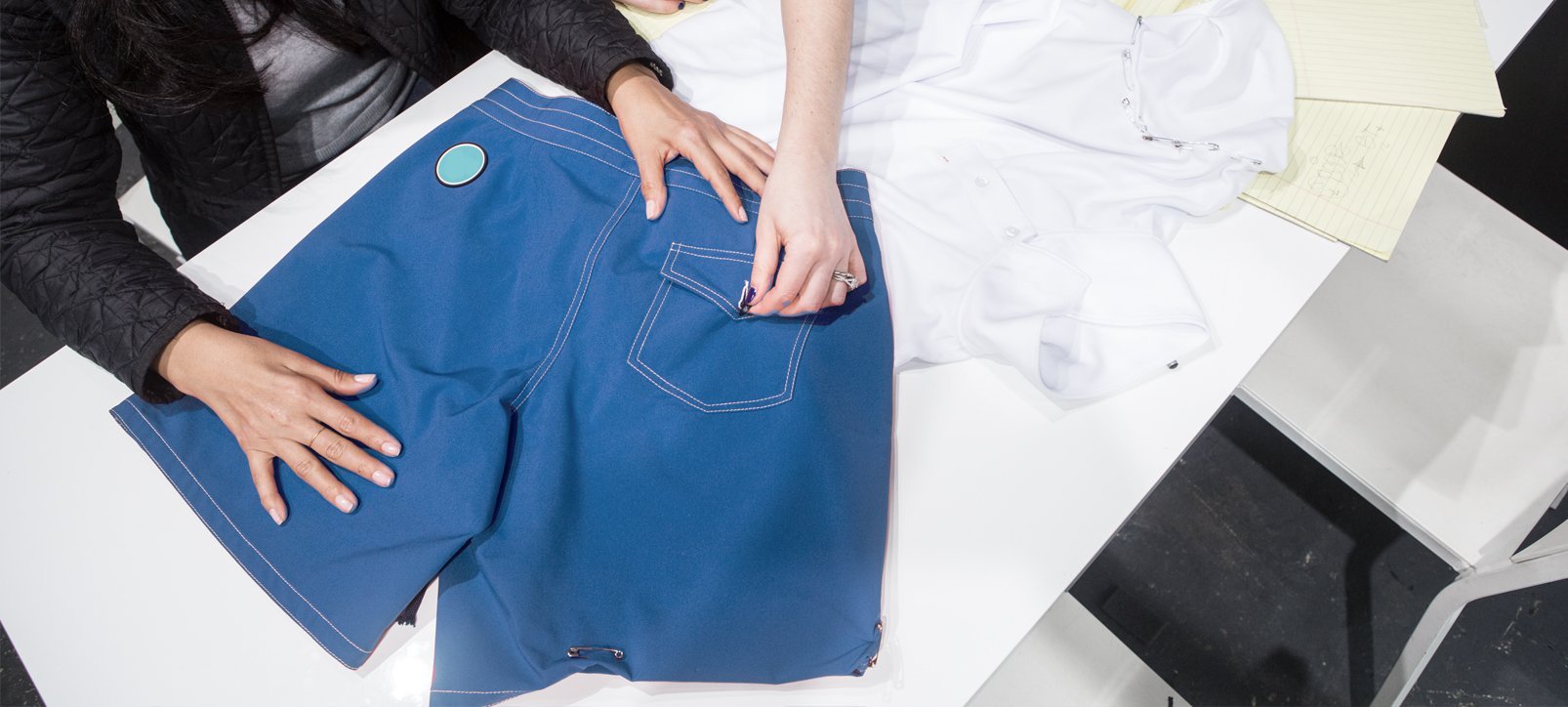3 Stages: Design, Development, & Production
There are three generalized stages to bringing a project to life — Fashion Design, Development, and Production. Here’s why each is important!
As you embark on your venture into the fashion industry, you’ll hear words thrown around (grade rule, marker, tech packs, etc.) that you probably find yourself Googling from time to time. Fashion industry jargon is confusing and, to make things even more complex, tends to differ from factory to factory, vendor to vendor, and company to company. As the person responsible for business development at Stateless Fashion Design & Consulting, it’s been my job to translate “fashion industry expert speak” to emerging brands with no direct fashion industry experience. In the past year, I’ve conducted 300+ consultations with different companies/brands/designers from around the world. Throughout these talks, I’ve noticed that 3 words are often confused in both their definitions, function, and significance to the respective projects’ success: Design, Development, & Production.
Here are the simple definitions:
Design: Draw it!
Development: Make it!
Production: Make it over and over again.
Here are the more extended definitions:
DESIGN
This means the conception of a line or product. Let’s say you want to start a women’s activewear line using 100% organic cotton. That’s just an idea; now it’s ready to be designed.This is the “fun” part of the project where you should be conducting trend research, shopping for reference samples, brainstorming ways to differentiate your product from other similar products on the market, thinking about the customer and the way he/she shops by buying outfits (or not), thinking about how you might incorporate artwork such as graphics, applique, embroidery, etc. You need a color palette, a line/collection plan, and a cohesively designed collection of possible outfits that makes sense to the customer who might buy it. Finally, you need good sketches of all the garments (preferably flat sketches of the front and back views using a computer program like Illustrator) that factories will be able to understand and easily follow.
DEVELOPMENT
This is the building and engineering of your designs. A development package is as follows: Your design sketches will be made into tech packs in Illustrator. These are the blueprints of the garments including all sewing construction call-outs, detail call-outs etc. Artwork (graphics, appliques, patches, etc.) also need to be put into tech packs to communicate to factories exactly where they go on the garment and how they’re scaled to size. Meanwhile, you need to source your fabric and trim from wholesale vendors (especially if you intend on producing your samples). Simultaneously, a tech designer will create specs (detailed measurements) for the sample size and then create a pattern based on those specs. The tech designer should be taking the fabric into consideration as different fabrics react differently for different constructions. Finally, labels and hang tags should be sourced and also put into tech packs to be applied to the garment during production.
Once everything is developed and sourced, a sample is cut and sewn according to the development package. The sample should be fit on a fit model, the development package updated, and then cut and sewn again (now your 2nd sample). This iteration can happen as many as 3 times before you get the elusive Salesman Sample (aka Final Sample, Approved Sample, Pre-Production Sample etc.) which is approved. It should look and fit perfectly, just the way you imagined.
PRODUCTION
The factory clones the Salesman Sample into a TOP (top of production) sample. This is the first sample from the production line and will include everything from artwork, labels, hang tags and all trims. There is no opportunity to change anything major at this stage and it serves as the last and final check point before the production run is complete.They usually put your production goods in a polybag with a sticker and then ship it to your distribution center.
Most steps in the product life cycle occur in the design and development stages before you’re able to produce. Some brands believe that skipping either design or full development will save them time or money. But, walking into a factory with only a reference retail sample and no thought towards design and no development package, will most likely not get you the product you’ve designed in your mind or will at best annoy the factory with changes that should have been worked out in the former stages. Side note: changes in the late stages of development always tend to equal more money. The later the change, the more money lost.
Once you design and develop something, you have that work forever. So your first season will understandably take more time and cost you more money than seasons in the future. Think Ralph Lauren’s polo shirts… they were only fully designed and developed once at their inception, with minor design tweaks along the way. Now they only need to run replenishment with factories in which they have long lasting relationships.
Throughout your process, always try to keep in mind that anything worth doing is worth doing right the first time.

